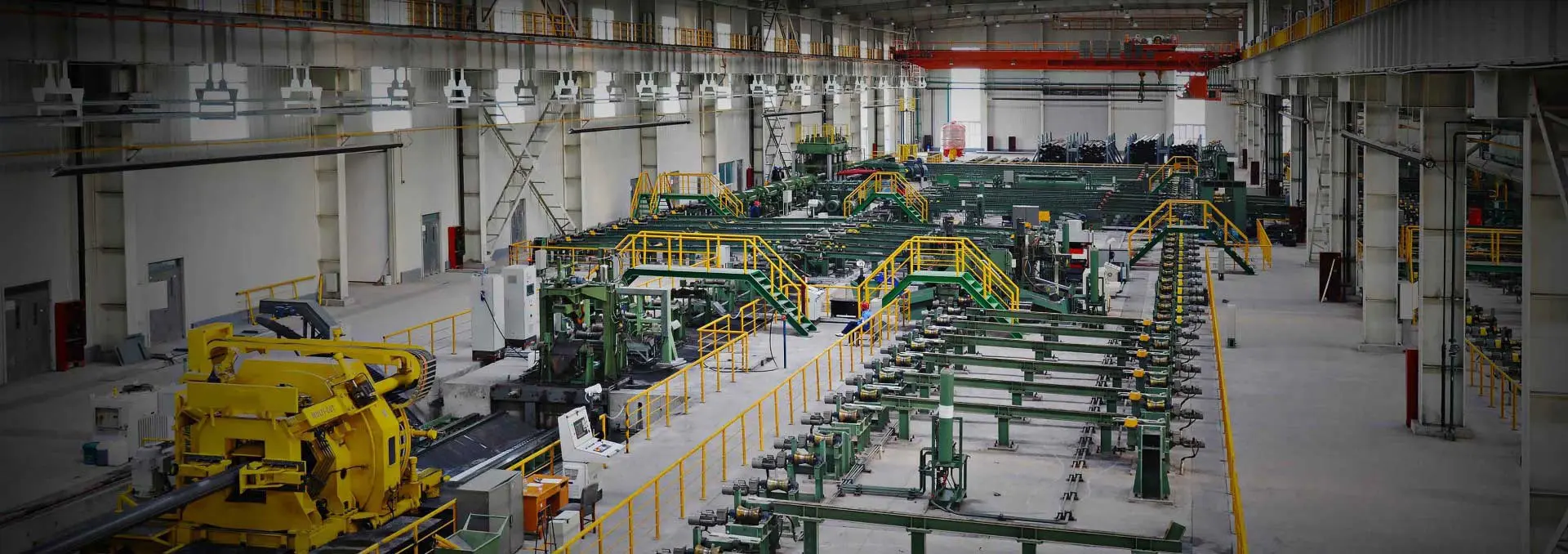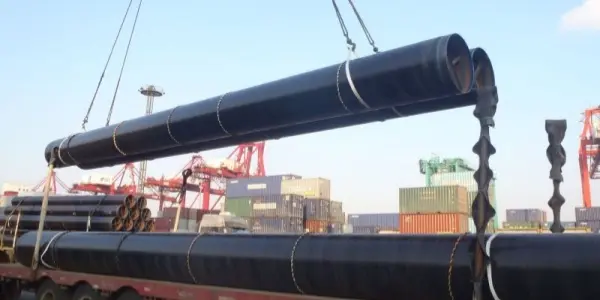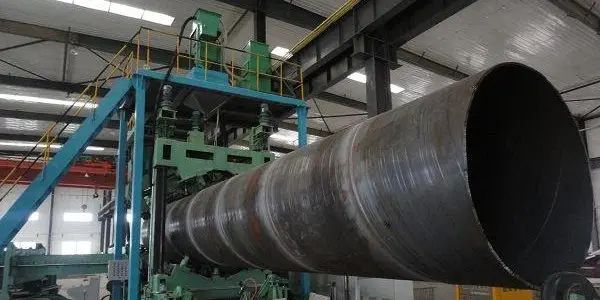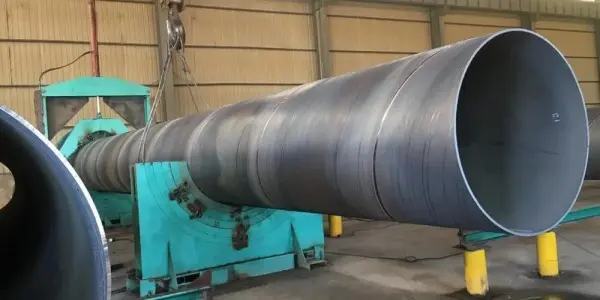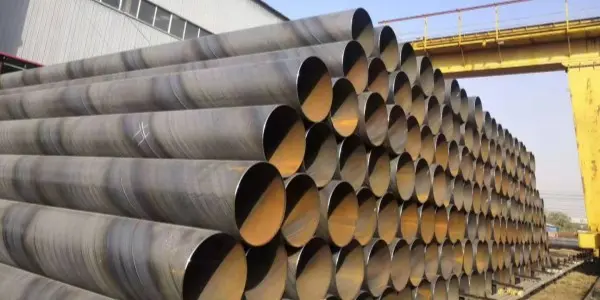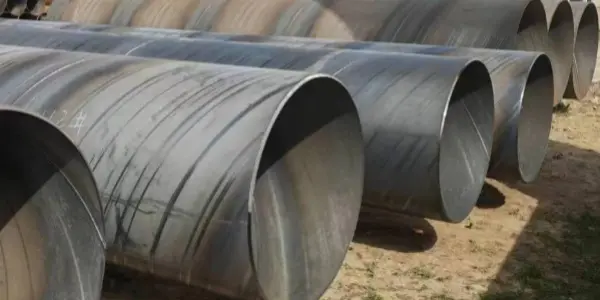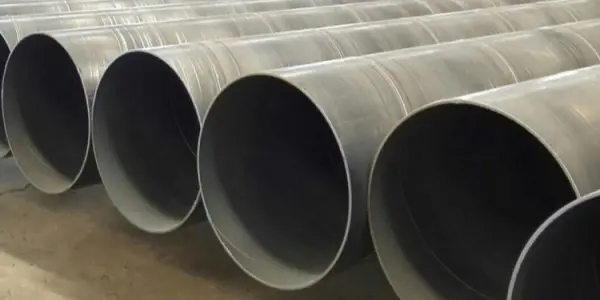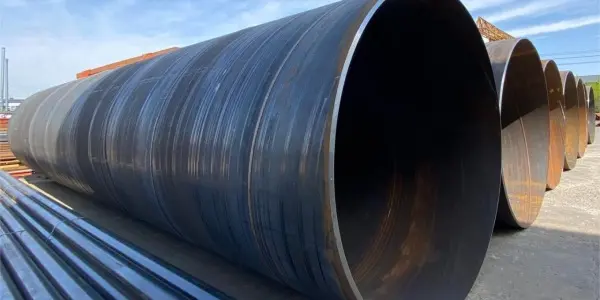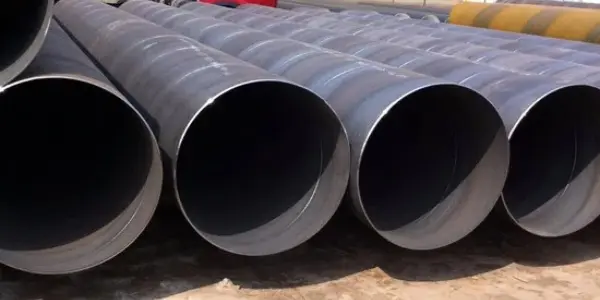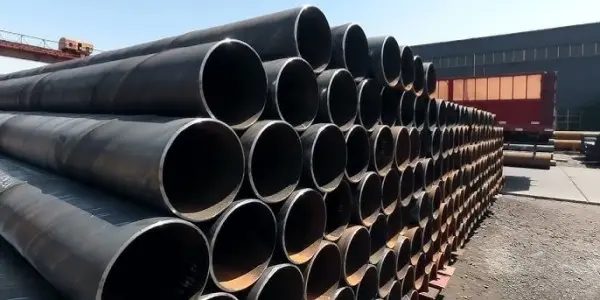-
Things to note when welding SSAW steel pipes
Welding and cutting of SSAW steel pipe structures are inevitable in their applications. Due to the inherent characteristics of SSAW steel pipes, the welding and cutting processes exhibit particularities when compared to ordinary carbon steel. These processes are more likely to result in various defects in the welded joints and the heat-affected zone (HAZ). The welding performance of SSAW steel pipes is primarily characterized by the following aspects.
Read More
-
What are the cutting methods for thick-walled SSAW steel pipes?
When working with thick-walled SSAW (Spiral Submerged Arc Welded) steel pipes, selecting the appropriate cutting method is crucial to ensuring precision and quality. Different cutting techniques offer various advantages depending on the material thickness, the required cut quality, and the specific application. Here are some of the most commonly used cutting methods for thick-walled SSAW steel pipes.
Read More
-
Common defects in the welding area of SSAW steel pipes
In the production of SSAW (Spiral Submerged Arc Welded) steel pipes, welding is a critical process that directly impacts the quality and performance of the final product. However, various defects can occur in the welding area, affecting the integrity of the welds. Understanding these defects and how to address them is crucial for maintaining the quality of the steel pipes.
Read More
-
Working principle of SSAW steel pipe
The working principle of SSAW (Spiral Submerged Arc Welded) steel pipes revolves around a specific manufacturing process that involves bending hot-rolled strip steel into a spiral shape, followed by welding the inner and outer seams using automatic submerged arc welding. Here's a more detailed breakdown of how SSAW steel pipes are produced and their working principle.
Read More
-
Welding treatment of thick-walled SSAW steel pipe
Thick-walled SSAW steel pipe is welded using arc welding under the flux layer. The process generates heat from the arc burning between the flux and the welding wire, as well as the base metal and the melted welding wire flux, which forms the weld. This article will briefly introduce welding treatment of thick-walled SSAW steel pipe.
Read More
-
SSAW steel pipe surface treatment method
The surface of SSAW (Spiral Submerged Arc Welded) steel pipes can undergo various changes depending on the environmental conditions they are exposed to. Effective surface treatment is essential to enhance the pipe’s durability and corrosion resistance. Here are some common methods for treating SSAW steel pipes.
Read More
-
How to improve the durability of SSAW steel pipes?
Improving the durability of SSAW (Spiral Submerged Arc Welded) steel pipes is crucial for their long-term performance, especially in harsh environments. To enhance their lifespan, various surface treatments and cleaning methods can be applied to prevent corrosion and wear. Below are some steps that can be taken to improve the durability of SSAW steel pipes.
Read More
-
SSAW steel pipe for hydraulic engineering
SSAW (Spiral Submerged Arc Welded) steel pipes are commonly used in hydraulic engineering due to their strength, durability, and excellent performance under high pressure and harsh environmental conditions. These pipes are used in various applications in hydraulic systems, including water transmission, drainage, and other infrastructure projects. Below is a breakdown of why SSAW steel pipes are well-suited for hydraulic engineering.
Read More
-
Factors affecting the price of SSAW steel pipe
Users who have purchased SSAW steel pipes know that there is often a price variation among different SSAW steel pipe manufacturers. So, what factors influence the pricing of SSAW steel pipes? Here are some key factors summarized by SSAW steel pipe manufacturers that determine the price.
Read More
-
Cold drawn technology of SSAW steel pipe
Cold drawing is a metalworking process in which SSAW (Spiral Submerged Arc Welded) steel pipes are drawn through a die to reduce their diameter and wall thickness, while simultaneously improving their mechanical properties. This process is used to enhance the dimensional accuracy, surface finish, and strength of SSAW steel pipes, making them suitable for high-performance applications. Here’s an overview of the cold drawing process for SSAW steel pipes.
Read More

 English
English Español
Español




 Tel : +86-18565811709
Tel : +86-18565811709 Email :
Email : 